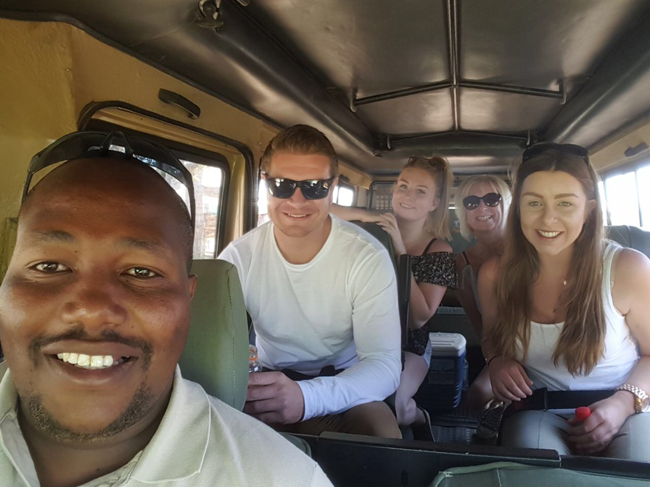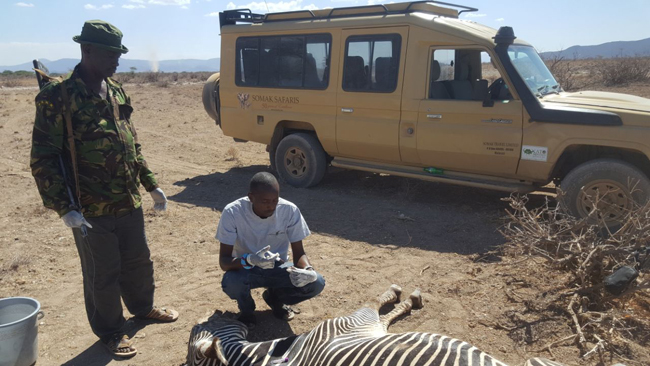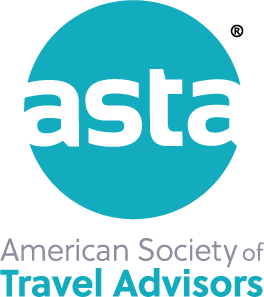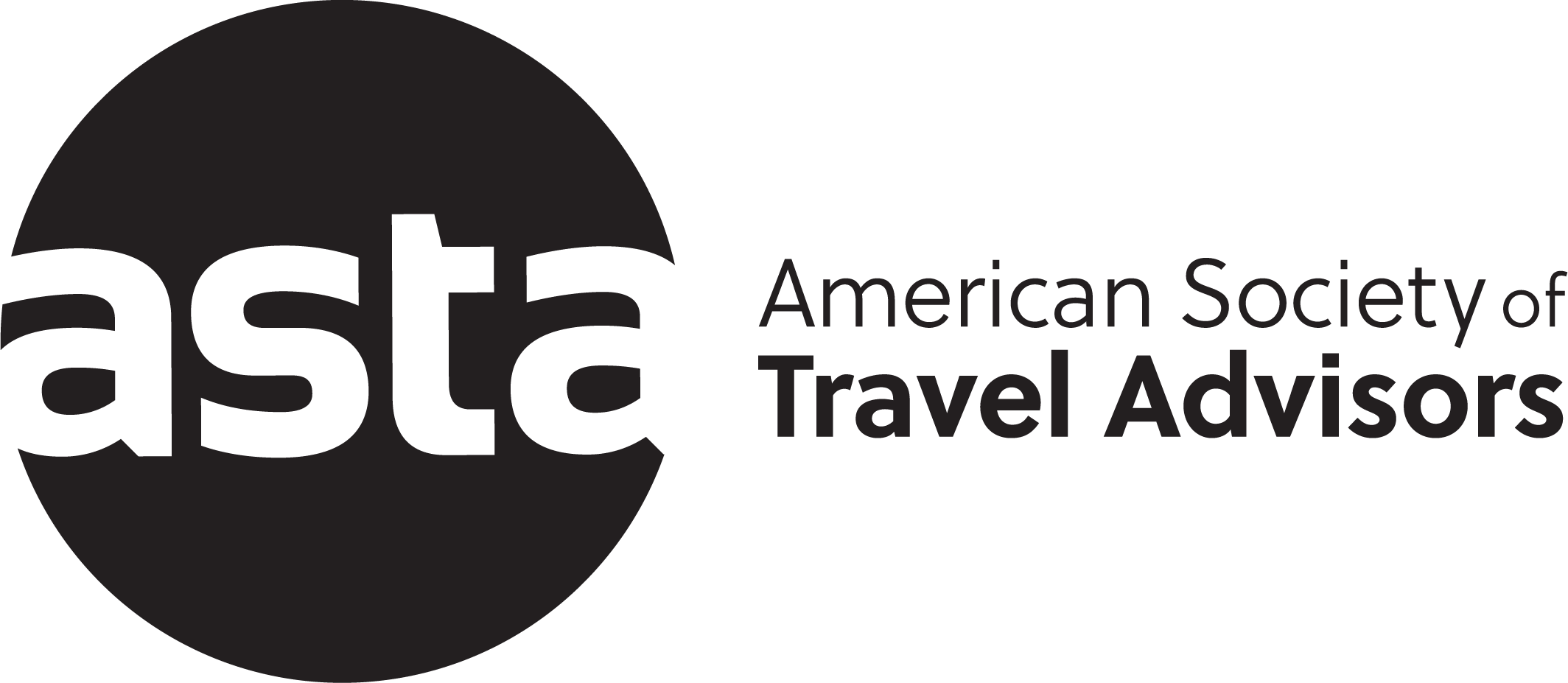Drought, Death & Hope in Samburu National Reserve
We receive a large number of pictures, stories, and otherwise positive feedback from our team in Kenya, but on Thursday we were moved and concerned to be told of events that are important to anyone who has ever or will ever travel to East Africa, or is in the travel industry.
Drought, Death & Hope in Samburu National Reserve
Martin Weru, a Somak driver-guide with over a decade of experience in tracking, observing, and understanding Kenya’s ecosystems, is leading a morning game drive across Buffalo Springs’ dusty landscape when the unexpected sight of a lone, scared Grévy’s zebra foal catches his and his clients’ attention. On approaching the foal, the mother becomes visible at his feet, lying on her side. The foal bolts to a safe distance but the mother can only kick weakly. The scorching 38°C heat wave and extended period of drought have strangled vegetation and dried up the watering holes this endangered species, along with so many others, normally relies on to survive.
Jumping into action the clients dig out bottled water to be poured into the mother’s mouth, prompting her to sit-up briefly, before Martin rushes to Ashnil Samburu Camp 5km away to collect bigger water tanks, alert the park rangers, and call the veterinarian 20km away. Being doused with water helps cool the zebra slightly, and she attempts to sit up once more, but dehydration and the relentless heat have done their damage.
Tragically, as the vets arrive, she gives in and goes still, leaving her foal to fend for himself on the harsh plains of Samburu.
*****
Towering over 5ft tall at the withers and weighing up to 450kg, the Grévy’s zebra is not only a majestic creature, but also the world’s largest wild equine. With the population falling from over 15,000 in the 1970s to just 3,000 today, these ungulates are confined to small ranges in northern Kenya and Ethiopia and are officially listed as an endangered species. Well-equipped for Kenya’s usual climate, the Grévy’s zebra can go a full five days without water, but this is no usual drought and the entire ecosystem is feeling the strain.
“This is an extremely hard year. I’ve worked as a safari guide for 13 years and this is the first time I’ve seen this. Even the oryxes are looking very thin and they’re an incredibly drought-tolerant species. Something needs to be done.”
What Can Be Done?
As Martin speaks with real hurt in his voice, it’s so clear just how much the Kenyans on the ground, who make your safari happen, are emotionally invested in the wildlife they share their land with. Indigenous species like the Grevy’s zebra aren’t just unique, they’re a defining feature of Samburu’s identity and the wider Kenyan heritage. Individual efforts such as Patrick Mwalua’s 3000-gallon-a-day water-relief trips in similarly affected Tsavo East are an amazing testament to this bond, however, to successfully and sustainably preserve Kenya’s ecosystems, a more structured and long-term approach is required.
“It comes down to awareness. We need to spread the word, show people what a drought means for these animals, and put pressure on the county government to invest in the wildlife that brings [tourists, conservationists and proud Kenyans] to Samburu.”
The human population is growing rapidly in Kenya. Agriculture replaces wilderness, nomadic pastoralists drive away potential predators or competition, and now a warming climate means parks and reserves – sanctuaries for nature – suffer increasingly harsh and unpredictable conditions. There are potential solutions, from official drought response protocols and funding, to condensation towers for important watering holes, but that all begins with awareness of the problem and belief that it’s worth funding and solving.
The ‘red flag’ has been raised – we need to protect these endangered species and ensure they have a habitat in which they can find food, water, and shelter, to successfully raise their young and avoid extinction in the wild. Anyone who has been to Africa, loved Africa, taken a safari trip to Africa, or hopes to take a safari trip to Africa, has a responsibility to understand the challenges that Samburu, Kenya, and East Africa face. Whether it’s donating to people like Patrick Mwalua, sharing this post with a friend or on social media, or simply picking a responsible and caring and eco-friendly tour operator for your next safari – you can do your bit.
About
Contact
Somak House
Harrovian Business Village
Bessborough Road
Harrow On the Hill
HA1 3EX
Tel: +44 20 8423 3000
Fax: +44 20 8423 7700
Email: info@somak.com
Opening times
| Mon - Fri | : | 9am to 6pm |
| Sat - Sun | : | Closed |









